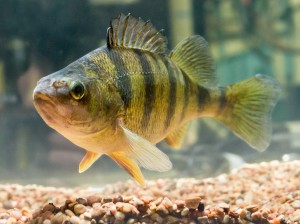Frog Fishing Opens July 1
Bullfrogs can prove quite the challenge, but offer tasty cuisine
Kansas bullfrog season is less than two weeks away, and for those looking for the ultimate summer fishing challenge, this is it. From July 1-October 31, anglers can attempt to catch these four-legged amphibians with several different techniques.
Bullfrogs may be taken by hook and line, dip net, gig, bow and arrow, or crossbow, and a line must attach bow to arrow, and the arrow must have a barbed head. If you’re really up for a challenge, bullfrogs can also be taken by hand. The best method is to walk quietly through the water at night and shine a bright light along the bank until a pair of glowing eyes appear. Temporarily blinded by the light, frogs can be grabbed or netted.
The daily creel limit is eight, with a possession limit of 24. A valid fishing license is required for any person to take, catch, or kill bullfrogs, except persons exempt by law from having such license.
Considered by some as a delicacy, frog legs have a taste and texture that resembles a cross between shrimp and fish. A popular way to cook them is to dip the legs in egg and then into a mixture of flour and corn meal, seasoning salt, and pepper. The legs are then fried to a golden brown and served up hot.
For more information on bullfrog season, visit www.ksoutdoors.com and click “Fishing / Fishing Regulations / Bullfrogs” or consult the 2014 Kansas Fishing Regulations Summary.

